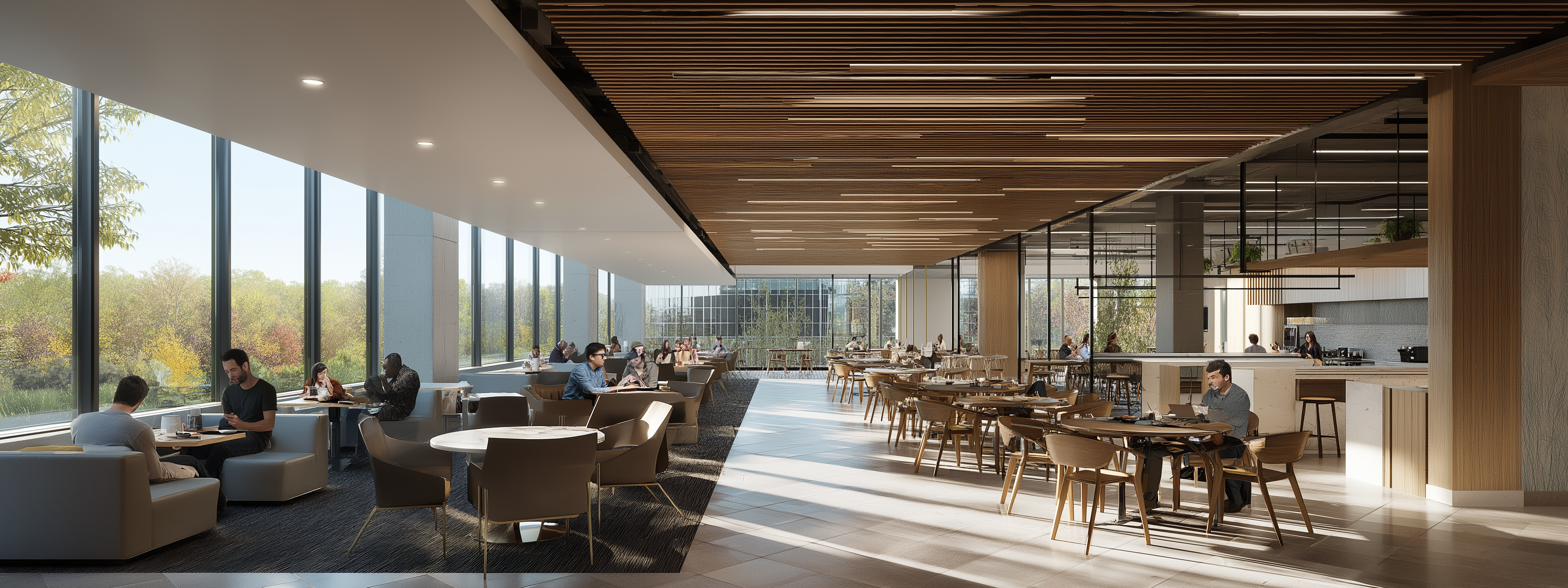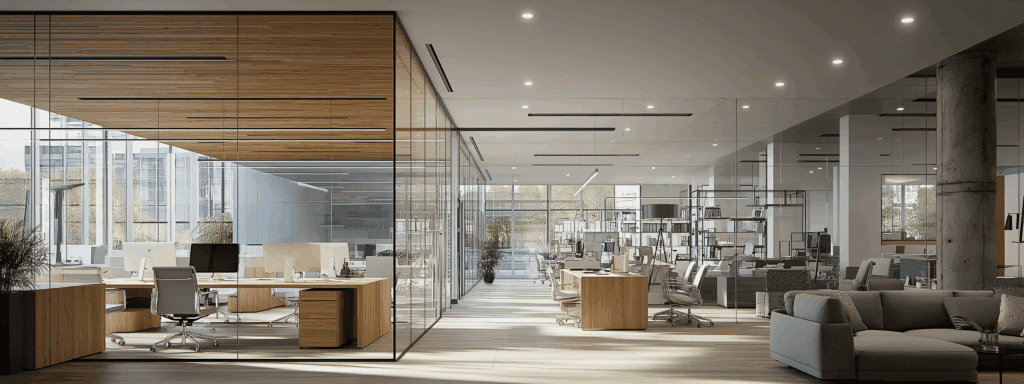Closing the Gap: How Data Unlocks Smarter Hybrid Workplace Decisions


Corporate Real Estate (CRE) is evolving — but not always in sync with the realities of today’s hybrid workplace.
The What Occupiers Want 2025 report confirms a key shift: most organizations have moved past emergency downsizing toward proactive portfolio management.
66% have already reduced their footprints, and for the first time since the pandemic, a small but rising number (13%) are planning for expansion.
Yet leaders still face deep uncertainties about what space is needed, how to measure success, and how to align real estate with talent and culture goals.
At MySeat, we believe better data — particularly occupancy and behavioral data — is the missing link.
Portfolio Evolution: The Hybrid Workplace Demands Smarter Planning
The modern portfolio is no longer static. It must flex with:
- Hybrid work patterns and allowing for a comfortable sharing of resources
- Changing space usage (collaborative vs. focused work)
But too many CRE strategies still rely on outdated assumptions about how often, when, and why employees use office space.
With real-time occupancy sensor data, we help clients:
- Model how hybrid policies translate into actual space needs
- Optimize leasehold improvements for new hybrid behaviors
- Predict future demand based on recruitment trends and evolving workforce profiles
Metrics Gap: Beyond Cost and Toward Performance
The report is clear: “Cost remains the loudest voice in the room, but it’s speaking in outdated terms.”
Most CRE decisions are still dominated by financial KPIs alone, ignoring the more nuanced impacts of space on:
- Talent attraction & retention
- Engagement
- Productivity
- Well-being
Data-driven platforms like MySeat enable organizations to:
- Link occupancy trends with HR and performance metrics
- Build balanced scorecards that connect space utilization with business outcomes
- Support cross-functional collaboration between CRE, HR, Finance and IT
The goal? To make workplace decisions that resonate beyond square footage and cost per seat.


The Policy vs. Reality Gap: What’s Really Happening?
Finally, a striking finding: while 40% of occupiers require employees to be in the office two or three days per week, few actually measure compliance or adjust strategy based on observed behavior.
This leads to:
- Underutilized space
- Frustrated employees
- Missed opportunities for experience-driven workplace planning
Through occupancy sensor platforms and workplace analytics dashboards, MySeat helps clients:
- Compare mandated attendance vs. actual behavior
- Adjust space allocations in real time
- Identify what works — which policies, which days, which teams
- Inform leaders with clear, actionable data and insights
Conclusion: Why Modern CRE Needs Advanced Data
In today’s hybrid workplace, yesterday’s metrics are no longer enough. CRE leaders must embrace a new generation of occupancy platforms that:
- Measure the true impact of hybrid work
- Align space with evolving talent and experience goals
- Close the gap between policy and reality
- Unlock better ROI on leasehold improvements
At MySeat, we’re helping clients turn uncertainty into opportunity — with the data to make smarter, more human-centered workplace decisions.
If your team is curious about bringing advanced occupancy intelligence to your workplace strategy, contact us at MySeat.ca and we’ll show you how simple it is.
